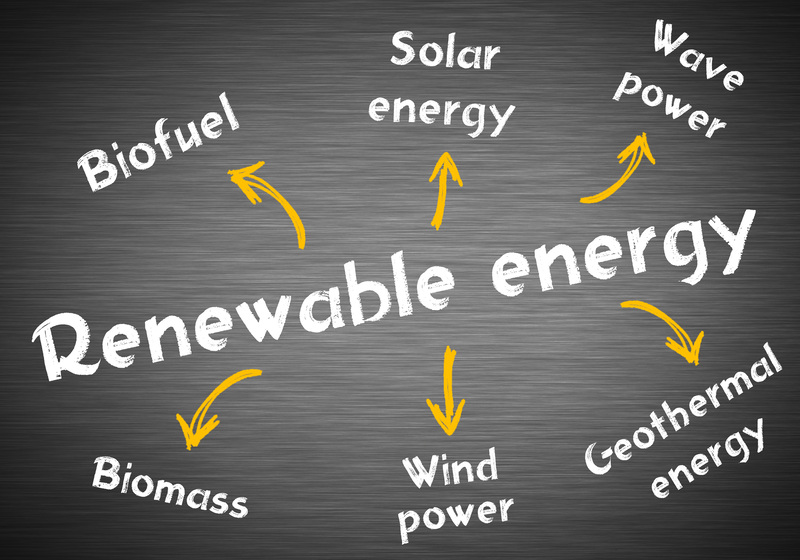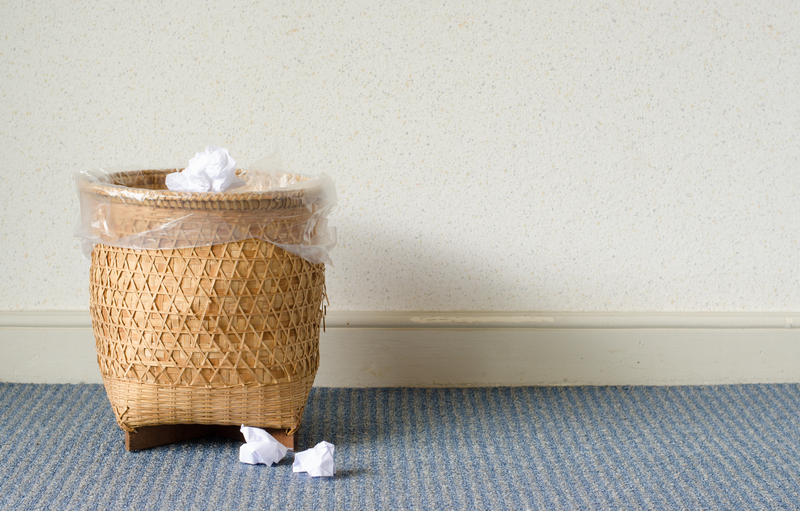Overcoming Overwhelm Through Step-by-Step Clutter Removal and Hoarder Clean Up
Clutter and hoarding are issues that affect millions of people worldwide. Whether you're dealing with a messy home, a loved one's overwhelming collections, or you're a professional looking to help clients, the process of clutter removal and hoarder clean up can feel daunting. However, with a systematic approach and the right mindset, it's possible to regain control and create a livable, inviting space. In this comprehensive, SEO-optimized article, we'll guide you through step-by-step strategies for overcoming overwhelm and succeeding in hoarding cleanup endeavors.

Understanding Clutter and Hoarding: The Psychology Behind the Mess
Before diving into the practical steps of clutter removal, it's important to understand the reasons behind hoarding and accumulating clutter. Many individuals develop emotional attachments to items, making it hard to let go. Some of the common causes include:
- Emotional Security: Objects may provide comfort, safety, or represent cherished memories.
- Fear of Scarcity: Worries about not having something later can lead to excessive saving.
- Perfectionism: Trouble deciding what to keep or discard causes decision paralysis.
- Trauma or Loss: Past hardships or bereavements can trigger hoarding behaviors as a coping mechanism.
- Mental Health Disorders: Conditions such as OCD, anxiety, or depression often co-occur with hoarding.
Recognizing these origins helps you or your loved ones approach hoarder clean up with compassion and patience. By addressing emotional reasons for hoarding, you're better equipped to handle the process.
Why Overwhelm Happens During Hoarder Clean Up
The journey of decluttering and cleaning up after hoarding often brings up intense emotions--guilt, shame, anxiety, and sometimes even anger. This emotional burden, combined with the sheer magnitude of clutter, fuels a sense of overwhelm. Common triggers include:
- Feeling embarrassed or judged by others
- Not knowing where or how to start the clean up
- Getting stuck reminiscing about items
- Fearing making the "wrong" decision
- Worrying about waste or environmental impact
Understanding that these feelings are normal is the first step to overcoming them. Remember, every small action counts.
How to Mentally Prepare for Clutter Removal
The mental aspect of clutter removal and hoarder clean up is as crucial as the physical act. Here are ways to prime yourself or your loved one for success:
- Set Achievable Goals: Break the job down into small, manageable tasks. Instead of "clean the whole house," try "clear off the dining table."
- Envision the Outcome: Picture what your space will look and feel like uncluttered. Motivation comes from a clear vision.
- Assemble Support: Ask nonjudgmental friends, family members, or professional organizers for assistance.
- Practice Self-Compassion: Accept that progress may be slow and setbacks normal. Celebrate every victory!
- Consider Therapy: If hoarding behaviors are deeply ingrained, working with a mental health professional can be essential.
Step-by-Step Clutter Removal Process
1. Plan Before You Start
Taking time to plan the hoarder clean up will keep you organized and reduce the risk of feeling overwhelmed. Steps to consider:
- Identify priority areas. Which rooms or zones need the most attention?
- Gather supplies: trash bags, bins, gloves, cleaning products, labels, and markers.
- Determine where unwanted items will go: donation, recycling, trash, or storage.
- Set a schedule. Even 30 minutes per day adds up over time!
2. Sort and Categorize Items
A proven strategy for overcoming hoarding clutter is the "sort and conquer" method. As you begin:
- Label bins or sections "Keep," "Donate," "Sell," "Recycle," and "Trash."
- Work in small areas at a time--just one shelf, drawer, or box.
- Resist the urge to move everything out at once; this can cause chaos.
- Handle each item only once if possible; make a decision and move on.
3. Make Decisions Mindfully
Decision fatigue is real during clutter removal and hoarder clean up. Here's how to stay on track:
- Ask guiding questions:
- Have I used this in the last year?
- Does it serve a function in my life?
- Would I buy this again?
- Am I keeping it out of guilt or obligation?
- Set a timer to prevent indecision from derailing momentum
- If stuck on sentimental items, consider taking photos for remembrance
- Remind yourself: Space made by letting go is a gift for your future.
4. Remove and Re-home Items
Once sorted, it's time to physically clear out what doesn't belong.
- Call local charities for pick-up or locate donation bins for usable items.
- Recycling centers are ideal for paper products, electronics, and metal goods.
- Consider hosting a garage sale for valuable or collectible items to offset costs or reward yourself.
- Take periodic trips to avoid letting bags pile up again.
5. Deep Clean the Cleared Spaces
With surfaces visible and items minimized, now is the perfect time to clean.
- Wipe down furniture, walls, and fixtures
- Vacuum, mop, or sweep floors thoroughly
- Disinfect floors, handles, switches, and high-touch areas
A clean, bright space boosts motivation and reinforces your progress.
6. Organize What Remains
Effective organization is key to preventing a relapse into clutter.
- Invest in containers, shelves, or storage bins that fit your available space
- Label containers for easy identification
- Arrange items so that what you use most is readily accessible
- Create designated homes for everything new that enters the space
7. Maintain and Celebrate
- Set a routine for tidying up daily or weekly; "10-minute tidy" works wonders
- Revisit troublesome areas monthly to prevent new clutter build-up
- Celebrate your transformation with photos or inviting loved ones to enjoy your refreshed home
Special Considerations in Hoarder Clean Up
When Professional Hoarder Clean Up Services Are Needed
Some hoarding situations exceed what's manageable for individuals or families. Severe cases may involve biohazards, structural problems, infestations, or legal complications. In these cases:
- Consult hoarder clean up professionals who are trained and equipped for hazardous conditions.
- Ensure that any company you hire practices respectful, nonjudgmental care and abides by local regulations.
- If pets or children are present, their health and safety should be the highest priority.
Supporting a Loved One Through Hoarder Clean Up
- Focus on building trust and rapport; avoid criticisms or ultimatums.
- Use "I" statements: "I notice it's hard for you to let go of things..."
- Let the person participate in every decision; forced decluttering rarely sticks.
- Encourage small wins, and celebrate effort over results.
- Connect with local support groups or therapists specializing in hoarding disorder.
Dealing with Emotional Setbacks During Clutter Clean Up
- Expect emotional ups and downs during the clutter removal process.
- Allow breaks and time to process memories or grief triggered by certain objects.
- Journaling or talking to a supportive friend can help unpack difficult feelings.
- Remember, seeking help is a sign of strength, not weakness.
Preventing the Return of Clutter After Hoarder Clean Up
Maintaining a clutter-free environment demands lasting changes to habits and mindset. Here's how to prevent a recurrence of hoarder clutter:
- Adopt a "one in, one out" rule: For every new item brought in, remove one.
- Establish regular decluttering sessions: Even monthly sweeps keep things manageable.
- Limit impulse purchases: Wait 24 hours before buying non-essentials.
- Stay mindful of emotional triggers: Recognize when you may be acquiring to fill a void and seek healthy alternatives.
- Practice gratitude for what you have: Contentment reduces the urge to acquire more.
The Benefits of Overcoming Clutter and Completing Hoarder Clean Up
The rewards of tackling clutter--and especially completing a thorough hoarder clean up--go far beyond the aesthetic. Benefits include:
- Improved mental health: Reduced anxiety, stress, and depression symptoms.
- Better physical health: Lower risk of accidents, illness, and allergies.
- Enhanced social connections: You'll feel more comfortable inviting others into your home.
- Easier daily life: Spend less time looking for things and more time enjoying your space.
- Increased self-esteem: Achieving such a significant goal is a powerful confidence builder.

Frequently Asked Questions About Hoarder Clean Up and Clutter Removal
How long does hoarder clean up take?
It varies based on the volume of clutter, size of the space, and level of personal involvement. Small apartments may take a few days, while large homes may require weeks or even months. Consistency is more important than speed.
Is it safe to clean hoarder houses myself?
For light to moderate clutter, personal clean up is often sufficient with basic precautions. For extreme situations involving mold, animal waste, or structural hazards, professional hoarder cleanup services are strongly advised.
Can the person being helped relapse after a successful cleanup?
Yes, behaviors can return if underlying emotional issues are not addressed. Ongoing support, routines, and (if needed) counseling help prevent relapses and maintain a clutter-free environment.
Conclusion: Making Your Fresh Start Last
Overcoming the overwhelm of clutter removal and hoarder clean up is no small feat. This step-by-step approach--blending emotional awareness, practical strategies, and ongoing maintenance--can help anyone reclaim their space and peace of mind. Whether you're supporting yourself or a loved one, patience, kindness, and perseverance are key. A fresh, organized home is possible--one step at a time.
- Ready to get started? Choose just one small area and begin your journey today.
- Remember: Progress, not perfection, is what truly matters during your hoarder clean up and decluttering process.
